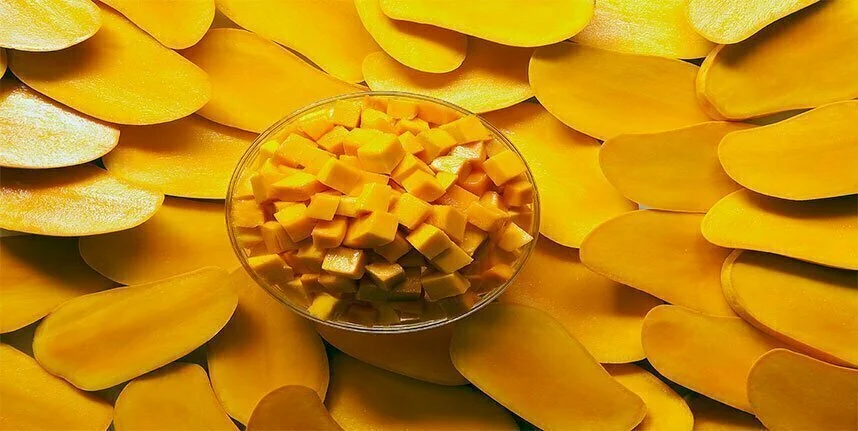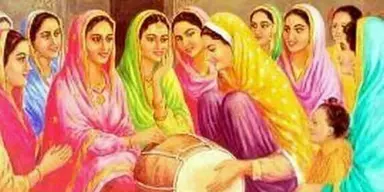Mango (Aam) is the King of all the fruits. Mango is one of the most popular and healthy fruits with more tasty flavors, fragrance and taste. It is very nutritious fibrous fruit. The wide variations among the seedling progeny have been responsible for the evolution of several choice varieties of mangoes in Pakistan which have been further multiplied by effective and large-scale vegetations. These varieties have thus been called as ‘Horticulture Varieties’. That is how a large number of standard varieties have come onto being and is cultivated in the different parts of Pakistan. The nomenclature for these myriad of varieties of mangoes, is perplexing to remember.
Pakistani Mangoes:
There are 450 known varieties of Mangoes in Pakistan. The prominent ones are the following:
- ‘Langra Aam’, having size medium to large, base round to slightly flatten, shoulders equal. It’s season is (Early to mid Season). 1st to 3rd week of July.
- ‘Aman Dusehri’ derives its name from village between Lucknow and Malihabad where it was originated as a superior chance seedling. It’s ripening season is mid July.
- ‘Sammar Bahisht’ has originated as a superior chance seedling in Muzaffernager U.P. It got its name because of its pleasant flavor. It’s ripening season is July-August.
- ‘Fajri Kalan’ has originated as superior chance seedling in Bihar and got its name after the name of lady Fajri who selected and brought up its trees.
- ‘Muhammad Wala’ ,having size small to medium, skin thick, yellow brown, pulp sweet, juicy, stone medium sized, fiber very little. It has a ripening season early August.
- ‘Chaunsa’ is originated as choicest seedling in a village Chausa in Malihabad, Tehsil of Lucknow. It is also known as ‘Kajri’ or ‘Khajri’. Ripening season in August (late). Chaunsa are the world’s largest mango cultivators,grown in mango orchards.
- ‘Anwar Rataul ‘ has originated as a chance seedling in ‘Shohra-e-Afaq’ Garden in Rataul. Now it has become popular in mango growing areas of Punjab because of its high flavor. Ripening season in July (Mid-Season).
- ‘Sindhri Aam’ is a leading variety of Sindh. It’s skin color is lemon yellow when ripe. Surface smooth. Pulp color Yellowish cadium. Texture fine and firm fibreless. It’s flavor is pleasantly aromatic, taste sweet.
Indian Mangoes:
- ‘Alphonso’ very sweet with fibreless pulp, rich in vitamin A and C, founded mainly in Devgad & Ratnagiri Districts of Maharashtra, India.
- ‘ Amrapali ‘ is a mango variety introduced in 1971. It was developed as a hybrid variety of Dasheri and Neelum by Dr.P.K.Majumdar at the Indian Agriculture Research Institute at Pusa, Delhi IARI. Since then this mango has been introduced in the farms and orchards across India.
- ‘ Banganapalli ‘ It originates from the erstwhile princely state of Banganapalle, in present-day Andhra Pradesh, India.
- ‘ Fazli ‘ s an import mango cultivar from the Eastern regions of South Asia ( West Bengal and Bihar in India.
- ‘ Himsagar ‘ is an extremely popular mango cultivar, originating from West Bengal in India.
- ‘ Lakshmanbhog ‘ is a mango cultivar from West Bengal in India. It is grown in orchards spanning over 32,000 hectares in the Malda district.
- ‘ Neelum ‘ mango grows in many areas of India. South Indian dessert mango, widely grown throughout the country.
- ‘ Totapuri ‘ is a cultivar that is widely grown in south India. It also goes by the names Bangalora, Collector, Kallamai, Kili Mooku, Gilli, Mukku, Sandersha, and Thevadiyamuthi. In Bangalore it is referred to as Totapuri, while most of the rest of India calls it Bangalora.
The sweet yellow fruit is a contentious matter regionally, with both countries proclaiming it a national treasure and fighting over whose specimens are superior.
Economically, at least, mango exports are one area where Pakistan appears to have a slight edge.
According to respective official figures, Pakistan last year exported around 100,000 tonnes for a revenue of USD 48.6 million over India’s 56,000 tonnes for USD 44.6 million.














